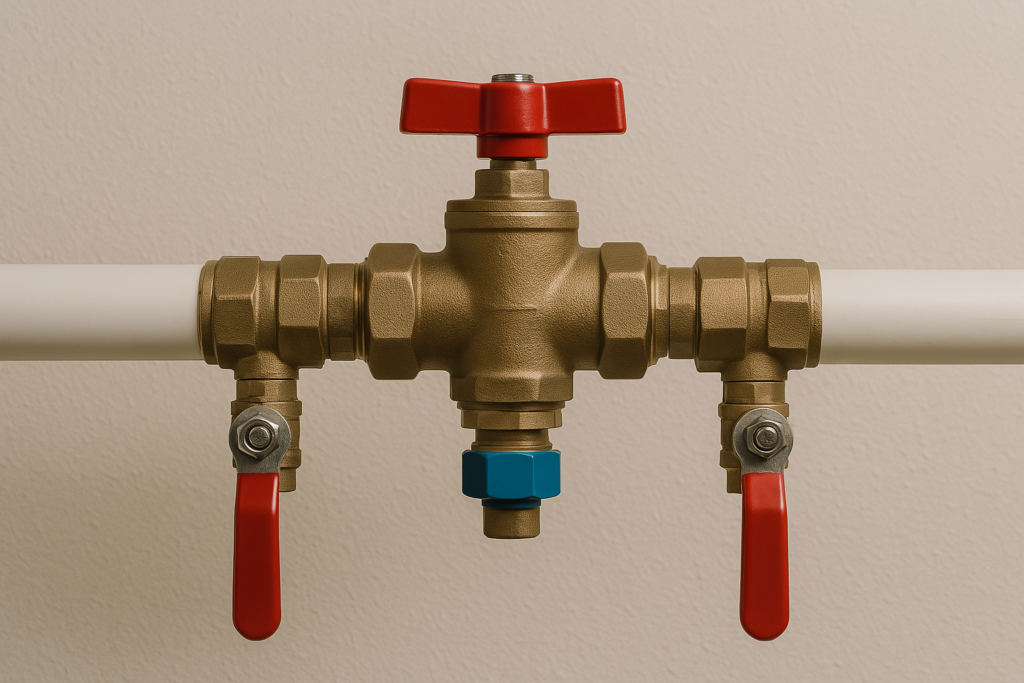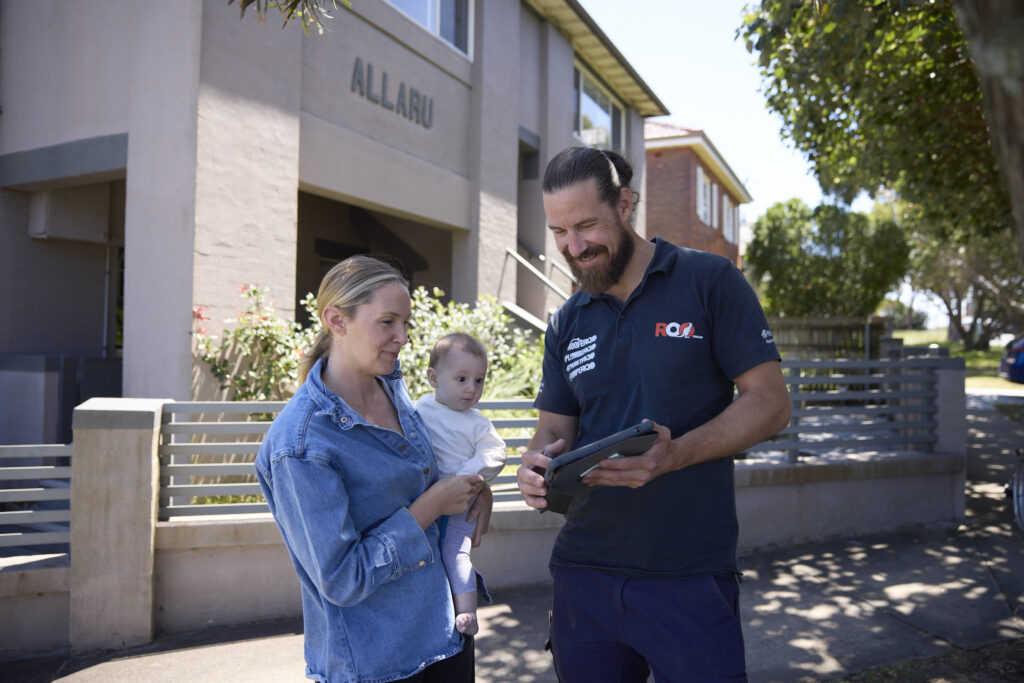
Open 24/7! Servicing all of Sydney’s Eastern Suburbs
Our Average Response time is: 1hr 53min 47sec
Have you ever stopped to think about what’s really flowing through your taps? Water can reverse direction in your plumbing, potentially bringing contaminants into your drinking supply. This is known as backflow, and it's more common than you might think. It also poses a serious health risk to your household.
The good news is that there are solutions to stop this from happening. And that's what we’ll cover in this article—what causes backflow, how prevention works, and when to call a plumber to keep your water supply clean and safe.
Backflow occurs during sudden pressure changes in your plumbing. For example, a burst main or a sudden surge in demand can create pressure fluctuations, leading to backflow. This pressure causes backflow (flow going in the wrong direction). As a result, dirty water from irrigation systems, pools, or even household drains can mix with your drinking water.

As you can imagine, having dirty water contaminate your drinking water puts you at risk of exposure to bacteria, chemicals, and other pollutants. Contaminated water doesn't just taste off—it can cause serious health issues, such as gastrointestinal illnesses. Even if you have a quality water filter, backflow should be addressed immediately.
What causes sudden pressure changes in your plumbing? Identifying the root causes is the first step to finding solutions and backflow prevention measures. Here are five common culprits that can put your water supply at risk:
Here are some backflow prevention tips to help safeguard your water supply.
The most common and effective method is to install backflow prevention devices. As the name suggests, the device protects your water supply by preventing contaminated water from flowing back into your pipes.
There are different types of backflow prevention devices:
Each backflow prevention system offers different levels of protection depending on the system's needs.

An experienced plumber can advise which backflow device best suits your circumstance and get your backflow prevention device installed.
Routine plumbing maintenance, including annual backflow testing, can prevent costly repairs down the line. Our customers with the least plumbing issues are the ones who book regular inspections (roughly once per year) which allow us to catch potential issues early. Maintenance ensures your plumbing system operates efficiently and safely. By scheduling an annual backflow test, as well as testing backflow prevention devices, you can avoid serious problems that could damage your water supply and property.
While DIY plumbing may solve some minor issues, it's not sufficient for backflow prevention. Hiring a licensed plumber ensures proper installation, maintenance, and compliance with local regulations. Look for a qualified professional with experience in backflow prevention services. This is your drinking water supply, and you'll want to ensure it's safe for your family.
If you’ve noticed discoloured or bad-smelling water, it's time to call an accredited backflow plumber immediately. There's a good chance that contaminants are entering your water supply. Also, look out for low water pressure, as dirty water may be obstructing your pipes. Additionally, keep an eye out for notices from local water authorities, as they may alert you to backflow risks in your area. Finally, if you’ve had past plumbing issues, it might be a good idea to schedule backflow testing to ensure everything’s working properly.
In Australia, our local councils often require backflow prevention devices for certain properties prone to backflow to protect the water supply. Homeowners and landlords are both legally responsible for ensuring compliance. Of course, in our highly regulated country, failure to comply can lead to fines and potential legal issues, not to mention potential health risks from contaminated water. As such, if you suspect backflow issues, you should address them immediately.

We hope we've demonstrated how backflow prevention is essential for safeguarding your water supply from contamination. Regular testing and proper installation can save you from costly repairs and health risks. If you suspect you have backflow, don't wait—book an inspection or install a backflow prevention device today for expert service and peace of mind.
The best way to prevent backflow is by installing a backflow prevention device, such as a check valve, airgap or reduced pressure zone device.
A backflow preventer should be installed at the point where the water line enters your home, typically near the water meter or main shut-off valve.
Check your plumbing system for a backflow preventer device, often located near the water meter or entry point, or consult a plumber with backflow prevention accreditation for confirmation.
The best device for preventing backflow depends on your system; commonly used options include check valves, air gaps, vacuum breakers and reduced pressure zone devices for optimal protection.